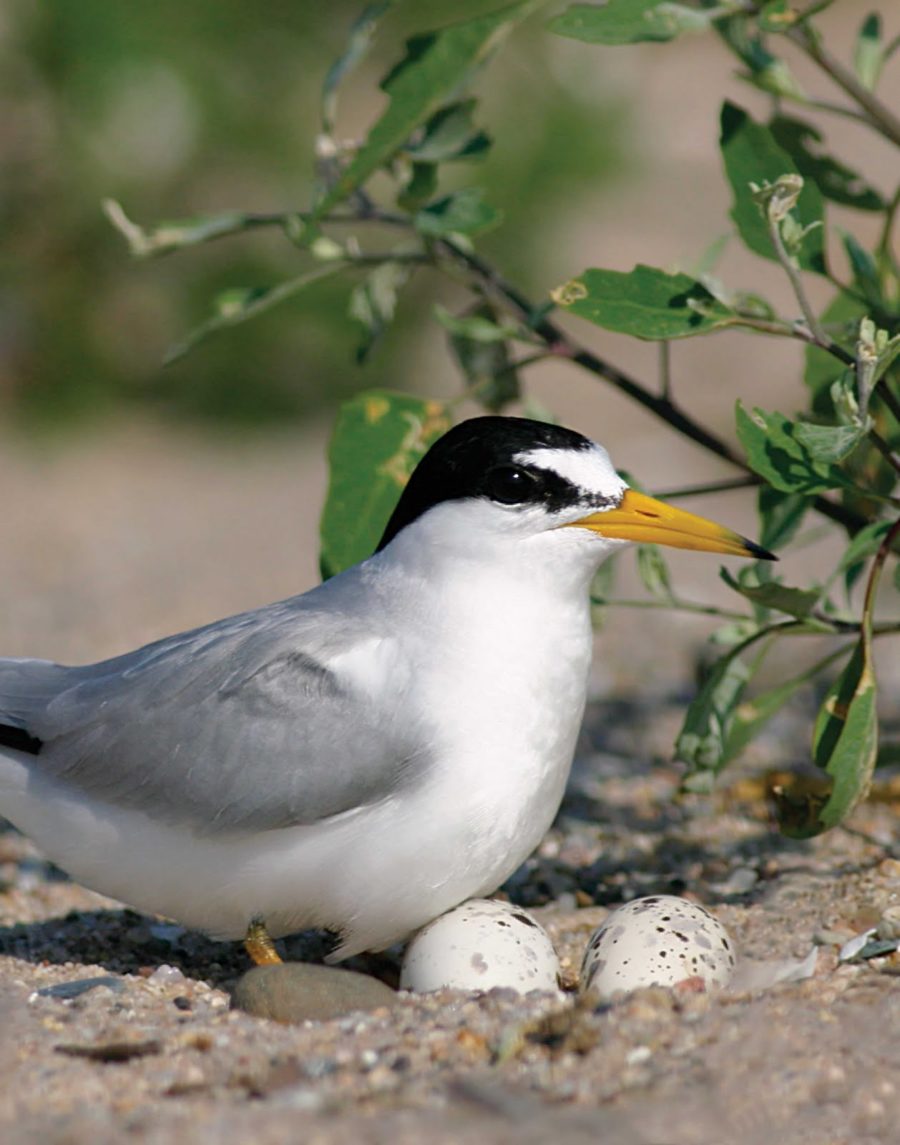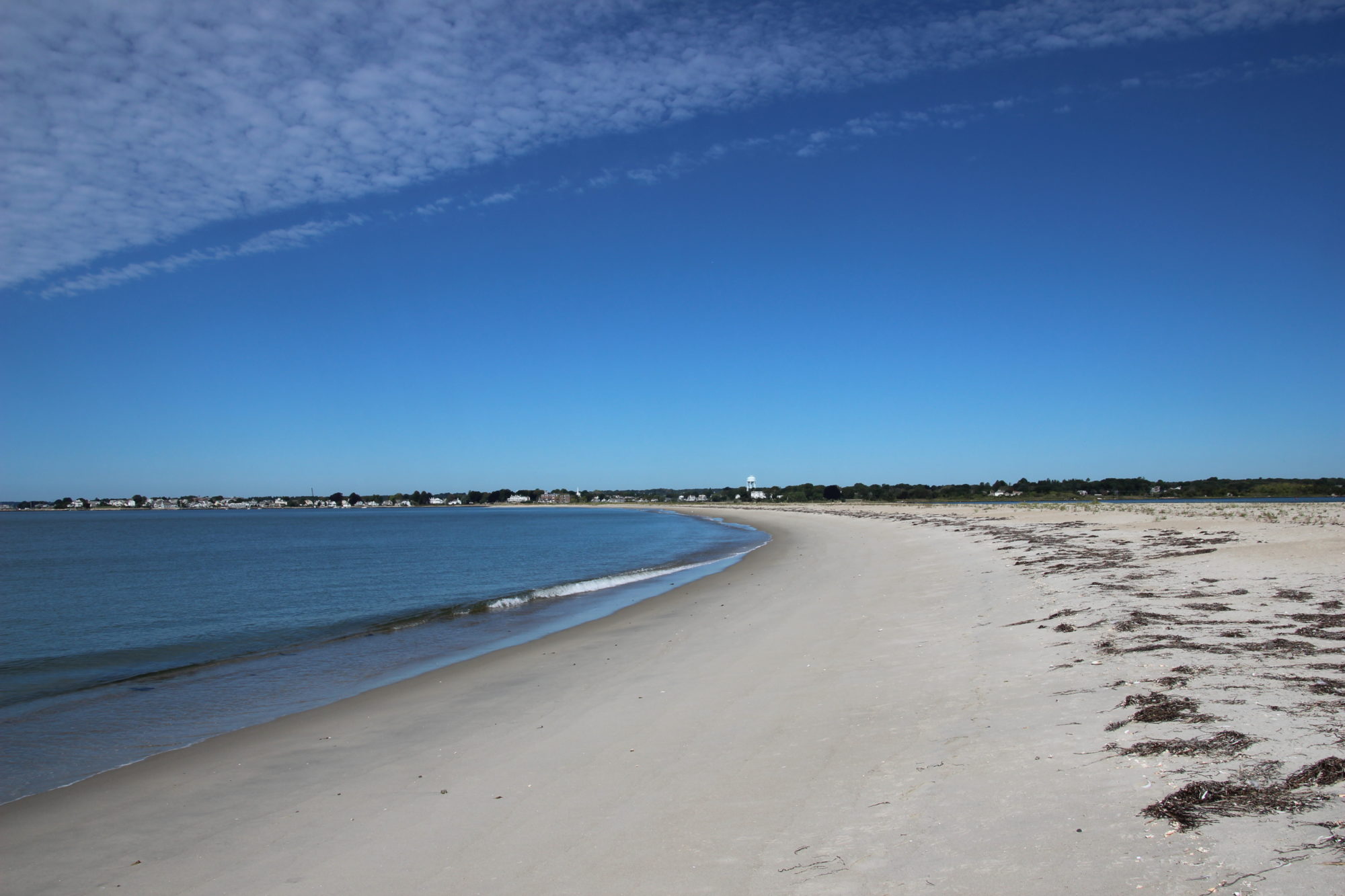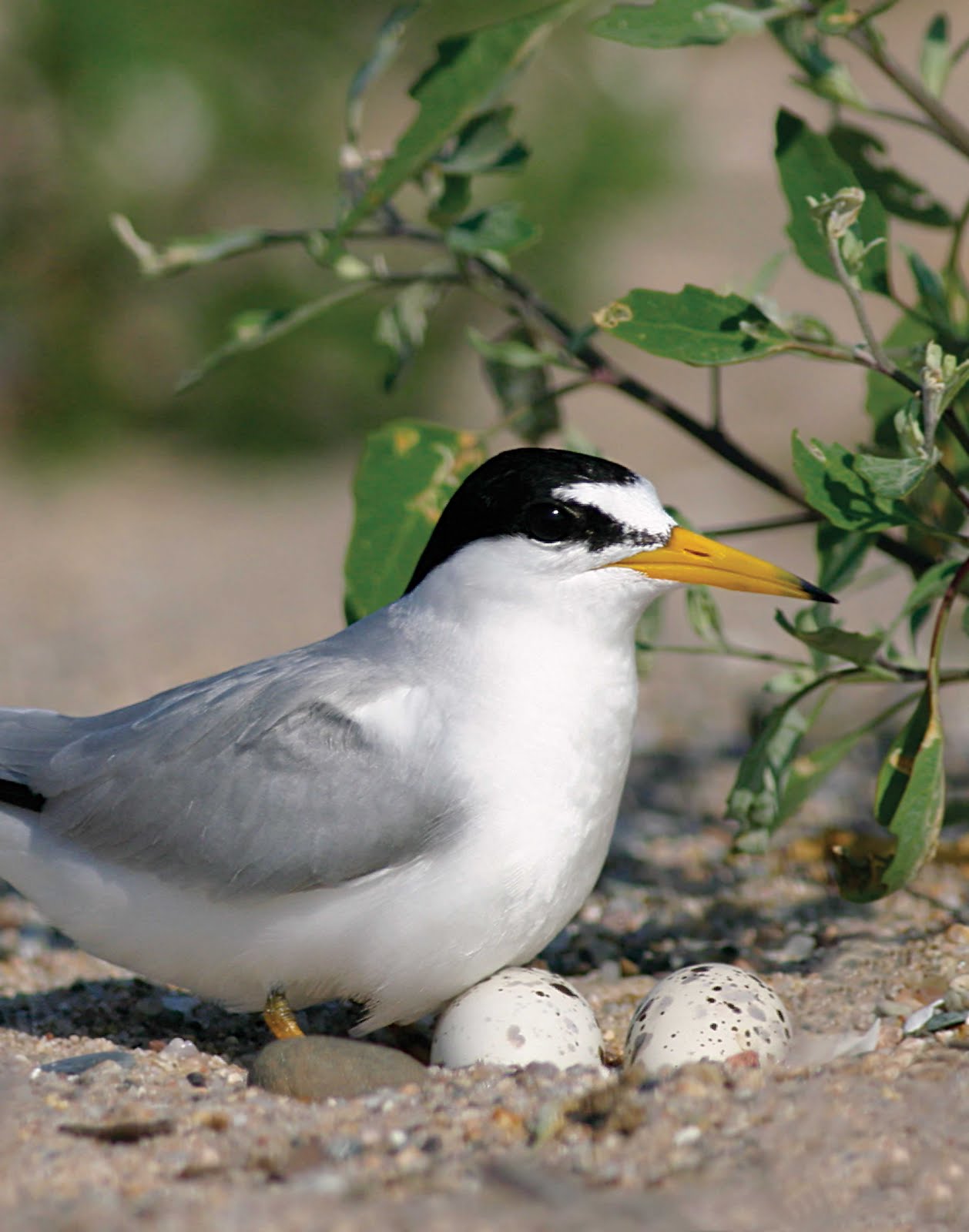Return to Main Stewardship Atlas Page
Sandy Point

Location
West Haven, CT
Anchor Site(s)
Sandy Point Bird Sanctuary and Painter Park
About the Site
Over 60 acres of barrier beach, tidal creek and marsh, and mudflats at Sandy Point and adjacent Morse Beach (shown in the eastern edge of the shaded area in the graphic to right) provide excellent habitat for waterbirds. These City of West Haven-owned properties provide some of the most important beach habitats in Connecticut for piping plovers (a federally-endangered species), least tern, and common tern. The 3.5 miles of public beach extending west of Sandy Point are popular for bird-watching year-round, although access to parts of some of these beaches is seasonally-restricted to protect nesting birds. A 1.7-mile paved recreational greenway provides pedestrians, cyclists, and roller bladers with a beautiful waterfront view of Long Island Sound. The greenway features stretches of shaded trail in an oak forest ideal for hiking and wildlife viewing on warm summer days.
Watch Corrie Folsom-O’Keefe, Audubon Connecticut’s Director of Bird Conservation, as she leads a walk to view scenic Sandy Point.
- Morse Beach was formed in the 1960s after the City constructed a wooden training wall, or groin, in an unsuccessful attempt to maintain an open channel between Old Field Creek marshes and Long Island Sound.
- CT DEEP and the City of West Haven installed a self-regulating tide gate at Old Field Creek to increase tidal flow to upstream marshes and decrease tidal flooding of low-lying properties upstream.
- Sandy Point Bird Sanctuary is an exemplary network of barrier beach, marsh, and tidal creek habitat, which is why it has been designated an Important Bird Area by the National Audubon Society.
- The sanctuary includes two areas. Sandy Point is a roosting spot for migrant shorebirds during high tide. Morse Beach is the area where least terns, common terns, and piping plover nest.
- Audubon has designated Sandy Point as an Important Bird Area because of its role as a significant nesting, foraging, and migratory stopover point for rare and threatened waterbirds.
- The Stewardship Area also provides habitat for globally near-threatened box turtles and endangered wood turtles.
- Find excellent spots year-round for bird-watching.
- Walk, bike, or rollerblade along a scenic 1.7-mile urban waterfront greenway.
- Go fishing or swimming along the beach and enjoy picturesque views of the lighthouse in New Haven Harbor.
- Audubon CT: Sandy Point
Audubon’s web page on this Important Bird Area provides detail on the great variety of waterbirds that use Sandy Point to nest, feed, or rest during their migration.
- Beating the Odds: A Year in the Life of a Piping Plover
This interactive story map walks the visitor through each leg of the plover’s journey from breeding to wintering grounds across North America. With high-quality photographs and a moving map interface, this is an engaging window into a federally-threatened bird species that Audubon is focused on protecting. - Urban Wildlife Refuge Partnership
In 2013, US Fish and Wildlife Service designated a number of urban parks near New Haven Harbor as an Urban Wildlife Refuge.
- Lighthouse Point Park, on the east of New Haven Harbor, is a scenic beach with activities for the whole family. Visitors can photograph Five-Mile Point lighthouse (a historic 70-foot lighthouse built in the 1840s), access the Sound using boat and kayak launches, ride the antique carousel during the summer season, or choose to fish, swim, and birdwatch throughout the area. In September, when thousands of raptors are passing overhead, the city of New Haven, Audubon, and several local environmental groups host the Annual Migration Festival at the park.
- The Maltby Lakes are a great place to go for many different recreational activities including hiking, skiing, jogging, fishing, and bicyling.
- Long Wharf Nature Preserve is a great place for wildlife viewing and has informational signs along a .4-mile trail loop.
- The Connecticut Coastal Access Guide summarizes the recreational uses of Sandy Point and offers directions to and photographs of the site.
- Check out ways to get involved in the New Haven community on Gather New Haven’s website.
- The events page for Avalonia Land Conservancy features fun outings, clean-ups, and more!
- Areas of Sandy Point are roped off seasonally to respect nesting bird habitat.
- While the walkway is open 24 hours per day, beach parking closes at night. Check the City of West Haven’s website for information on hours and parking fees.
- Sandy Point Bird Sanctuary. Connecticut Coastal Access Guide. CT Department of Energy and Environmental Protection. Web. Oct. 14, 2012.
- Sandy Point. Ct.audubon.org. Audubon Connecticut. Web. Oct. 14, 2012.
- Sandy Point, West Haven. Menunkatuck.org. Menunkatuck Audubon Society. Web. Oct. 14 2012.












